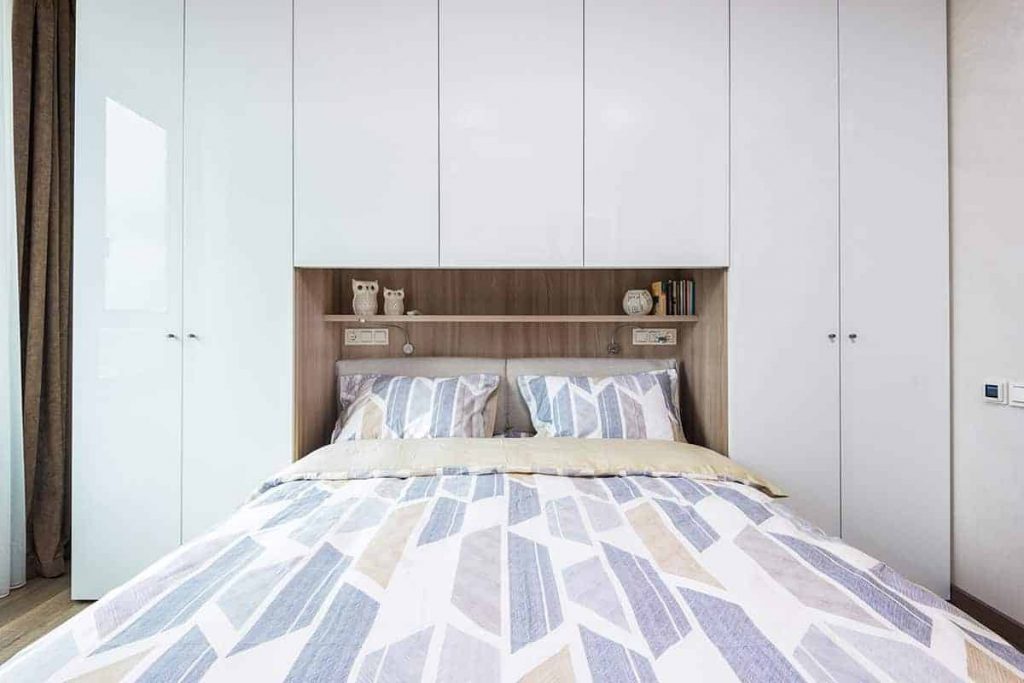Introduction
Façade design is evolving rapidly, driven by advancements in technology, sustainability, and architectural innovation. As we move into 2025, new trends are shaping how buildings interact with their environment. In this blog, we explore key trends that will define the future of façades.
Key Trends
🟢 1. Sustainable Materials
- The construction industry is shifting towards eco-friendly materials, such as recyclable aluminum, high-performance glass, and composite panels.
- Demand for carbon-neutral and low-emission materials is increasing to meet green building certifications.
⚡ 2. Smart Façades & Adaptive Systems
- The integration of kinetic façades, dynamic shading, and automated ventilation systems is revolutionizing building envelopes.
- Solar-responsive materials adjust based on sunlight exposure, optimizing energy efficiency.



🏗️ 3. Lightweight & High-Strength Materials
- 3D-printed façade elements are becoming a game-changer, reducing manufacturing waste and costs.
- Ultra-thin glass, carbon fiber composites, and high-performance steel are being used to create sleek, modern, and durable façades.
🌞 4. Solar-Integrated Façades
- Architects are incorporating building-integrated photovoltaics (BIPV) to enhance sustainability without compromising aesthetics.
- The rise of photovoltaic glass and energy-harvesting cladding is making buildings more energy self-sufficient.
Conclusion
The future of façade design is innovative, sustainable, and technologically advanced. As these trends continue to evolve, architects and developers must adapt to new materials and smart building technologies to stay ahead.







